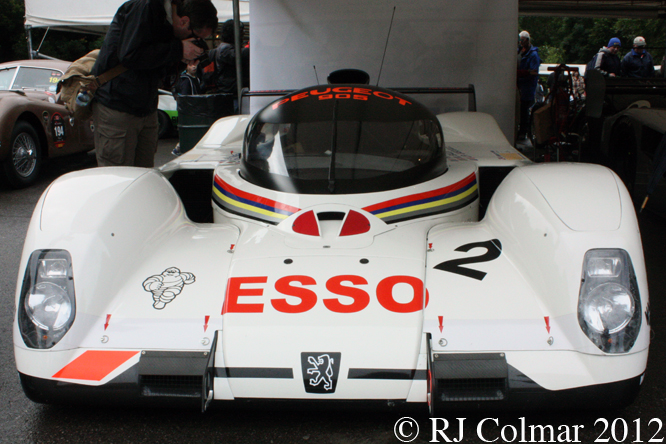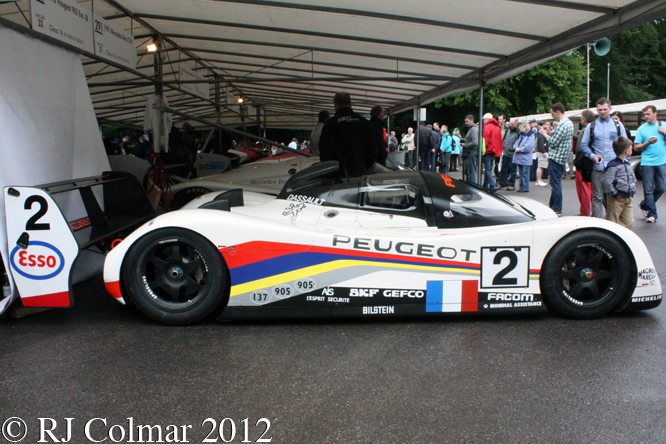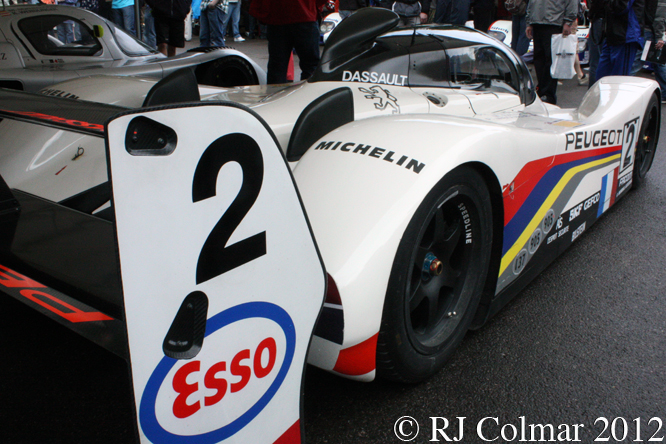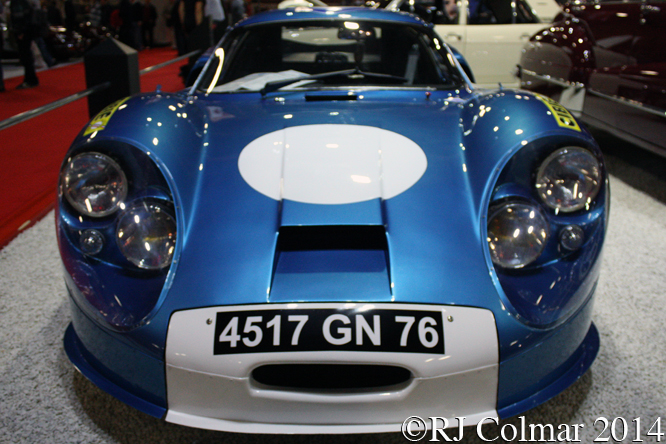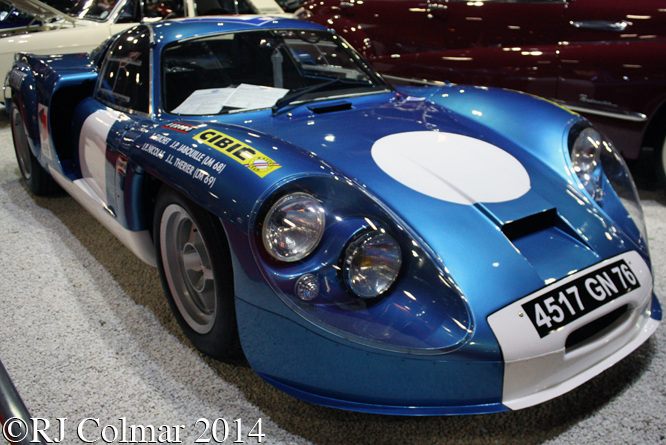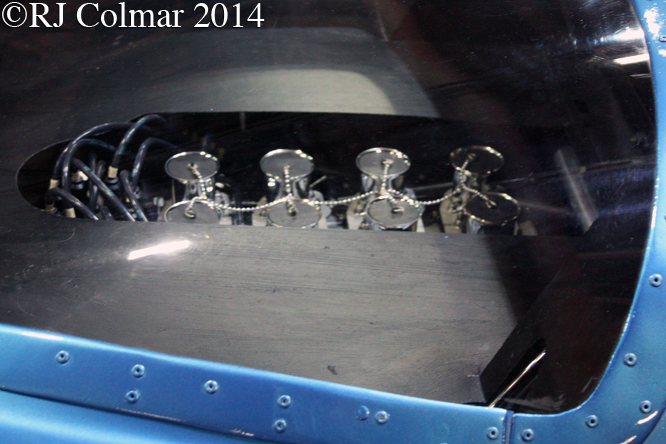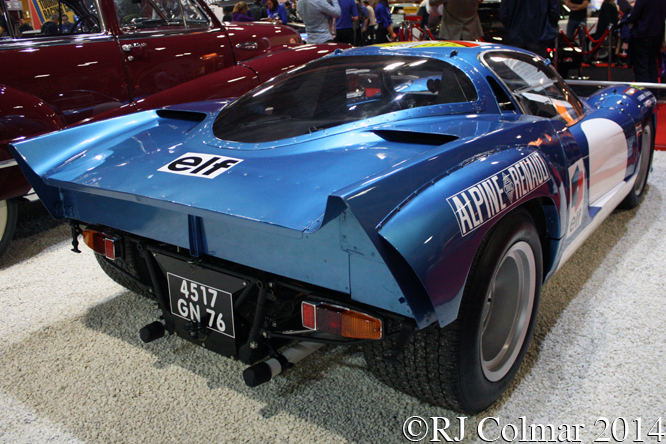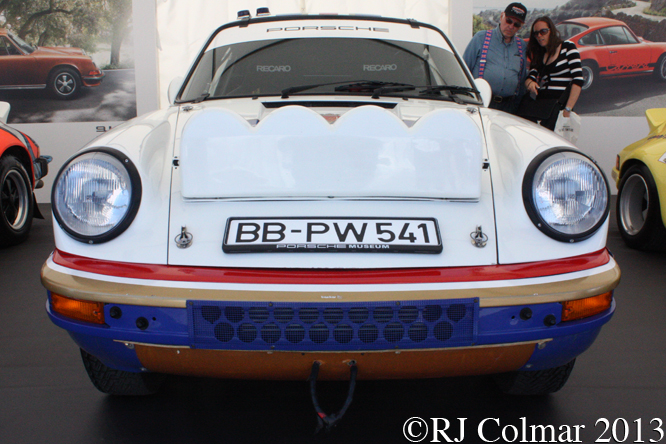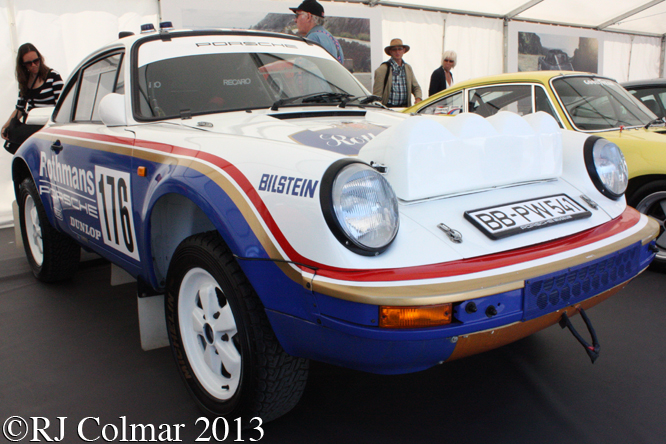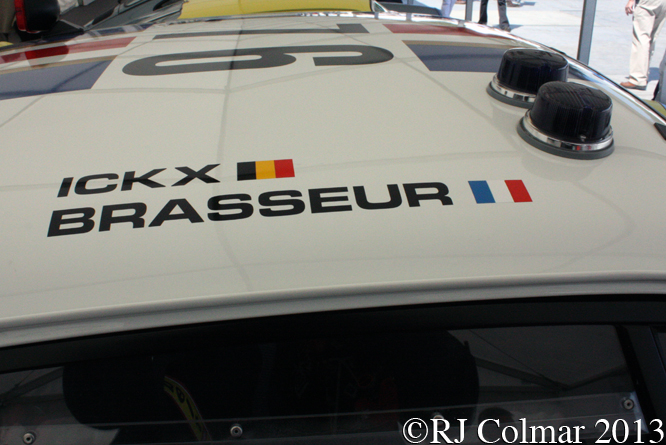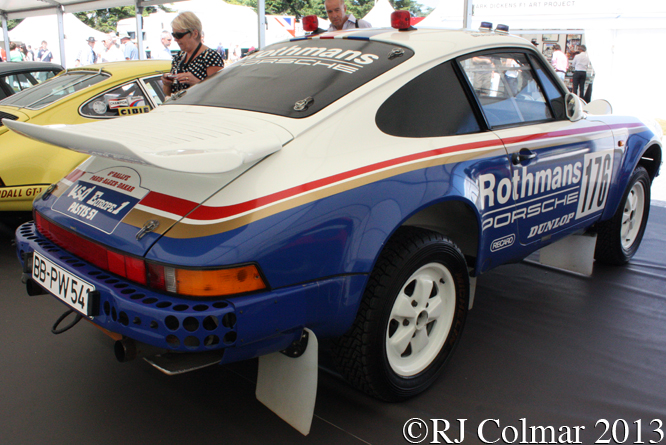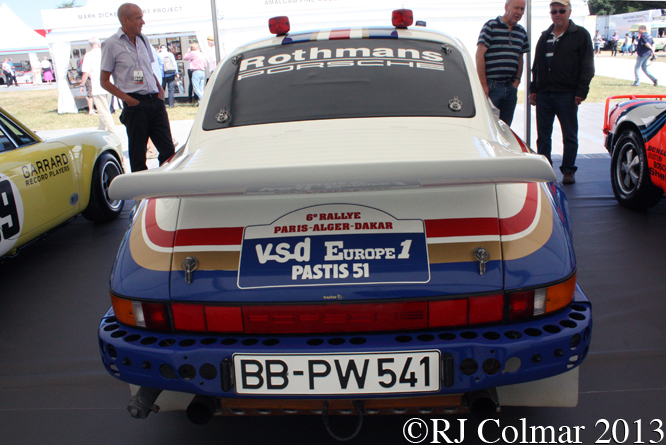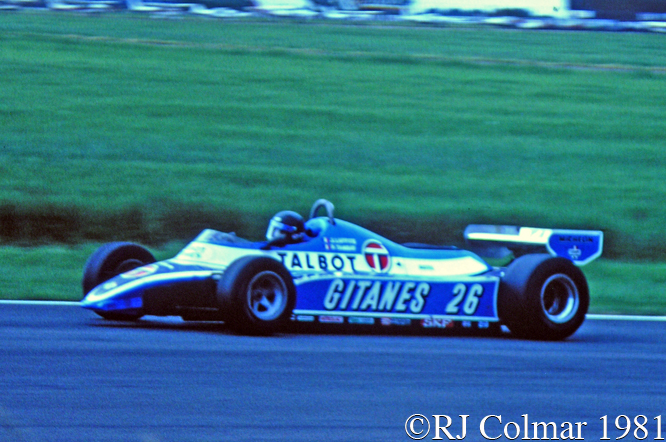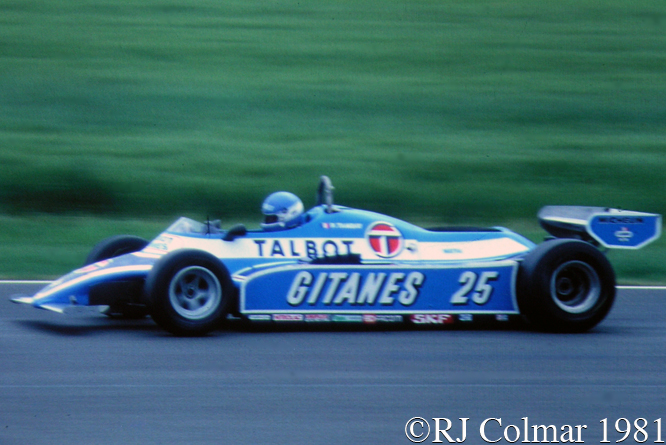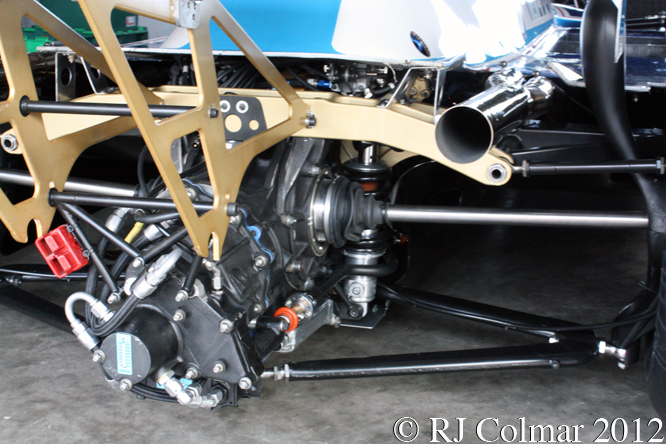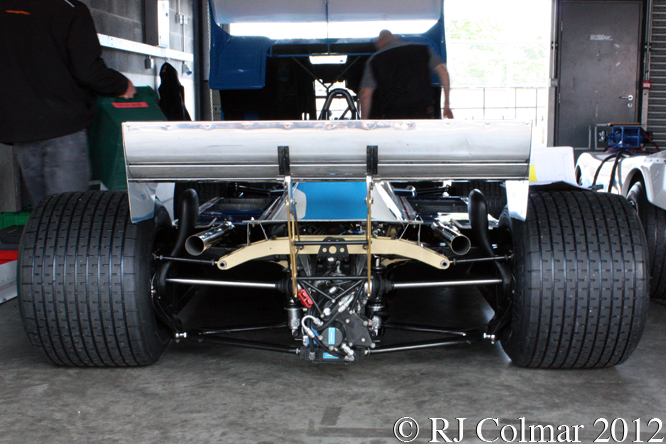1974 looked promising for the Surtees Racing Organisation despite the fact they were running on the unfavoured Firestone tyres they replaced the McLaren bound Mike Hailwood by promoting their 1973 Formula 2 driver Jochen Mass to a full time drive alongside the rapid Brazilian Carlos Pace.
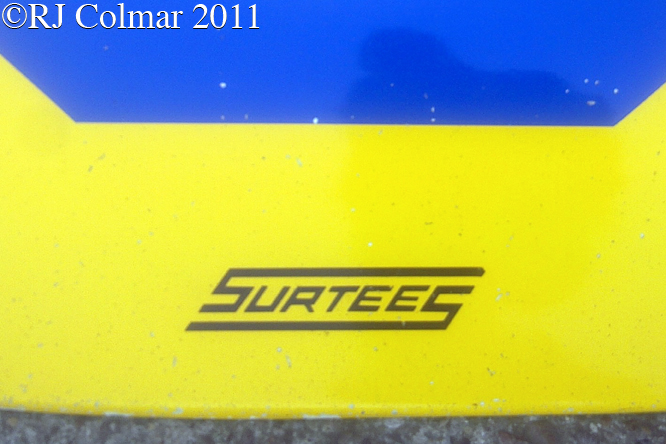
The team had a new car in the form of the TS16, that was lighter than the previous TS14 model on which it was based.
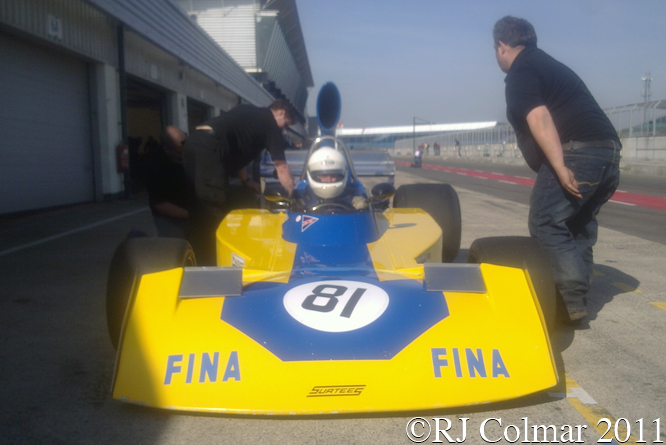
Shortly after the start of the season at the South African Grand Prix they announced Hi Fidelity manufactures Bang & Olufsen as primary sponsor alongside toy manufacturer Matchbox and the Fina fuel brand.
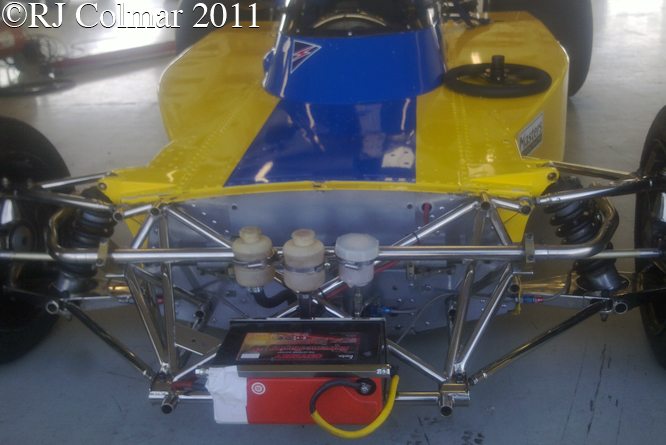
However despite the good omens of a championship high 4th place finish for Carlos in the Brazilian GP and season high 2nd place finish for Jochen in the non championship International Trophy at Silverstone the season turned into a disaster.
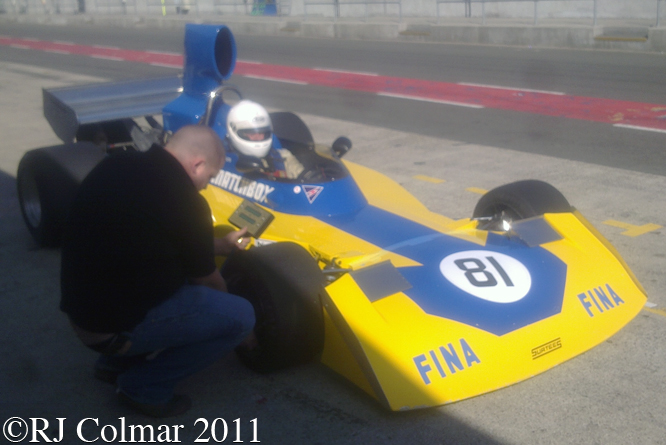
The main reason for this was that no monies were forth coming from primary sponsor Bang & Olufsen and after the Swedish Grand Prix Carlos Pace left to eventually join Carlos Reuteman at Brabham while Jochen left after the German Grand Prix and eventually replaced the injured Mike Hailwood at McLaren.

A third privately entered TS16 run by AAW racing for Leo Kinnunen failed to qualify on all but one of 6 attempts and retired when it did qualify, and drivers Derek Bell, José Dolhem, Jean-Pierre Jabouille, Dieter Quester and Helmut Koinigg brought into replace Jochen and Carlos managed a best 9th, Quester in Austria, place finish between them. At the season final US Grand Prix the luckless Helmut was then killed in an accident.
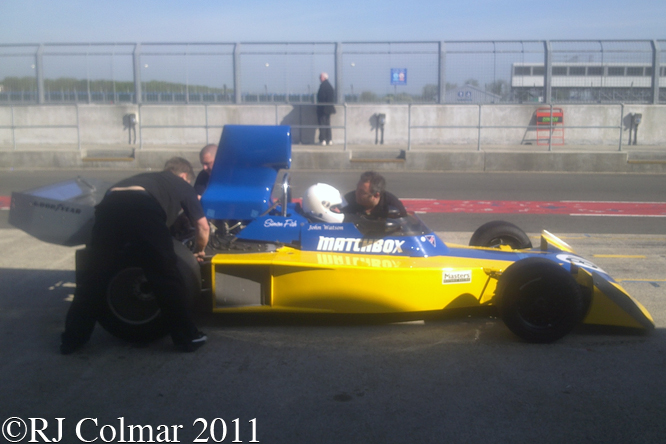
Jochen Mass drove today’s featured chassis six times in 1974 retiring from five of the races and failing to qualify at Monaco, Derek Bell failed to qualify the car on his final championship Grand Prix appearance at the 1974 Canadian Grand Prix while José Dolhem qualified the car, on his third Grand Prix attempt, for the 1974 US Grand Prix from which he withdrew after team mate Helmut Koinigg’s fatal accident.
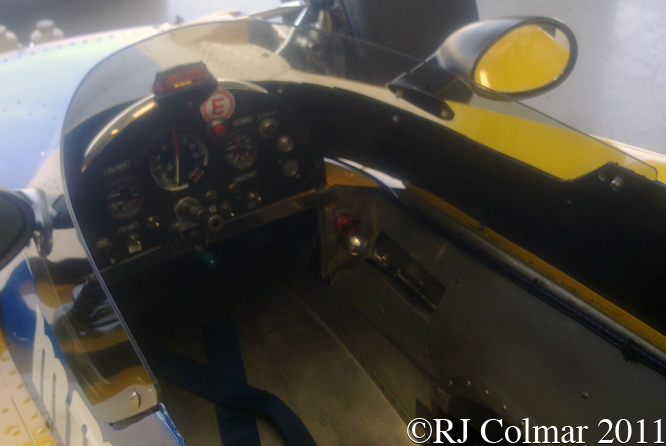
For 1975 Surtess regrouped by running a single TS16 for John Watson with Goodyear providing the tyres after Firestone’s withdrawal and a bare minimum of sponsorship from Matchbox who ironically were by now selling 1/32nd scale plastic kits of the 1974 Bang & Olufsen TS16.
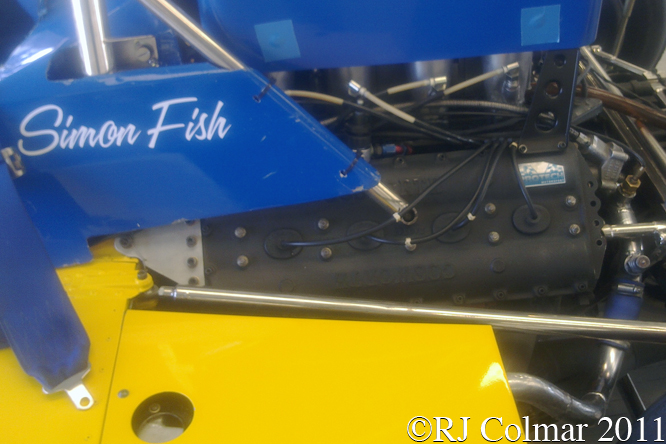
The teams luck continued in the non championship races with today’s featured chassis #TS16-04 being driven to a 2nd place finish in the Race of Champions at Brands Hatch, a 4th place finish in the International Trophy at Silverstone and TS16-05 being driven to a fifth place finish in the non championship 1975 Swiss Grand Prix run at Dijon in France.
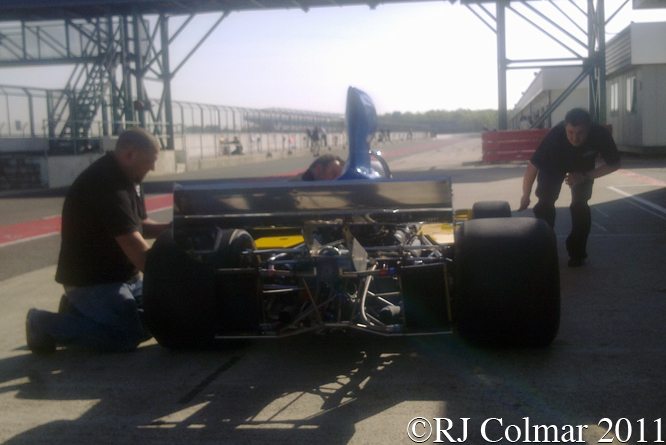
In the championship events however the teams best result came when John drove TS16-04 to an 8th place finish at the 1975 Spanish Grand Prix which proved to be this cars final Grand Prix appearance.
John Watson left the Surtees team to replace the fatally injured Mark Donohue at Penske for the Canadian Grand Prix by which time Surtees had temporarily withdrawn from the championship in order to regroup again with a far more competitive prophylactic sponsored car for 1976.
TS16-04 is seen in these photographs being driven by Simon Fish at a Silverstone Classic Press Day several years ago, if you have the correct grade licence the car can be hired for Masters and GP Classic racing from Mirage Engineering see this link.
Thanks for joining me for this “Non Championship Contender” edition of “Gettin’ a li’l psycho on tyres” I hope you will join me again tomorrow when I’ll be returning to Maserati Monday’s. Don’t forget to come back now !


